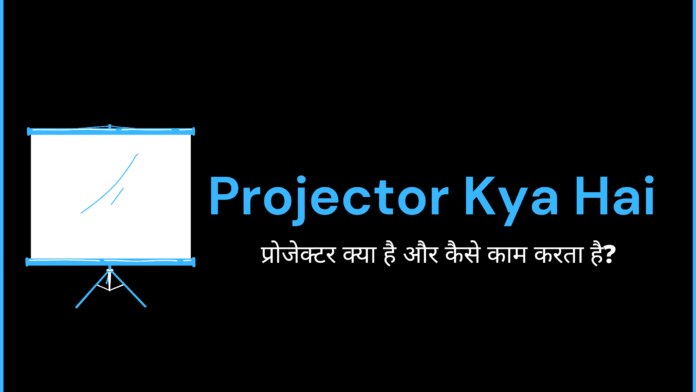Introduction:
Projectors have become a popular tool for enjoying movies, presentations, and immersive experiences. While professional projectors can be expensive, there are creative ways to make your own projector using simple materials and techniques. In this article, we will explore various methods and tips for creating your own DIY projector. Whether you're a DIY enthusiast or someone looking for a budget-friendly alternative, these techniques will allow you to enjoy the big-screen experience right at home.
Smartphone Magnifier Projector:
One of the easiest and most accessible methods involves using a smartphone magnifier. These magnifiers are available in the market or can be easily made using a cardboard box, a magnifying lens, and some adhesive. Simply cut a hole in the box to fit your smartphone, attach the magnifying lens at the other end, and secure it in place. Place your smartphone inside the box with the screen facing the magnifying lens, and voila! You have a basic projector that amplifies the image from your smartphone onto a larger surface.
Shoebox Projector:
If you're looking for a slightly more advanced DIY option, a shoebox projector is a great choice. Start by cutting a rectangular hole in one side of the shoebox. Attach a sheet of white paper or a projector screen to the opposite side of the hole. Inside the box, place a magnifying lens in front of another small hole that aligns with the rectangular hole on the outside. Position your smartphone inside the box, facing the lens, and turn on a video or image. The magnifying lens will project the image onto the screen, creating a larger display.
Overhead Projector:
An overhead projector can be easily created using an old LCD monitor or an LCD panel salvaged from a laptop. Remove the backlight and the unnecessary layers from the LCD panel, leaving only the transparent panel. Place the transparent panel on top of a box with a light source beneath it. Connect your video source (such as a laptop or DVD player) to the LCD panel using an appropriate cable. The light from the box will illuminate the LCD panel, which in turn projects the image onto a surface, such as a wall or projector screen.
Smartphone and Magnifying Glass Projector:
This method involves using a smartphone and a magnifying glass to create a simple projector. Find a sturdy box or container and cut out a hole in one end that matches the size of your magnifying glass. Secure the magnifying glass in place, ensuring that it aligns with the hole. Place your smartphone inside the box, with the screen facing the magnifying glass. Adjust the distance between the magnifying glass and the smartphone until the projected image appears clear on a surface in a darkened room. You can enhance the experience by using a Bluetooth speaker for audio.
DIY Projector with a Fresnel Lens:
A Fresnel lens is a thin, flat lens with concentric grooves that can be used to create a simple projector. Start by finding a large Fresnel lens, which can be purchased online or from specialty stores. Build a frame using wood or cardboard to hold the lens securely in place. Position your video source (smartphone, laptop, etc.) behind the Fresnel lens, ensuring that the image is focused. The lens will project the image onto a surface, providing a larger display size.
Conclusion:
Creating your own DIY projector can be a fun and cost-effective way to enjoy a big-screen experience without breaking the bank. From smartphone magnifiers to shoebox projectors and homemade overhead projectors, there are various methods to suit different skill levels and materials available. So, gather your materials, follow the instructions, and get ready to immerse yourself in larger-than-life entertainment right from the comfort of your own home.
Click here for more information:-





Comments